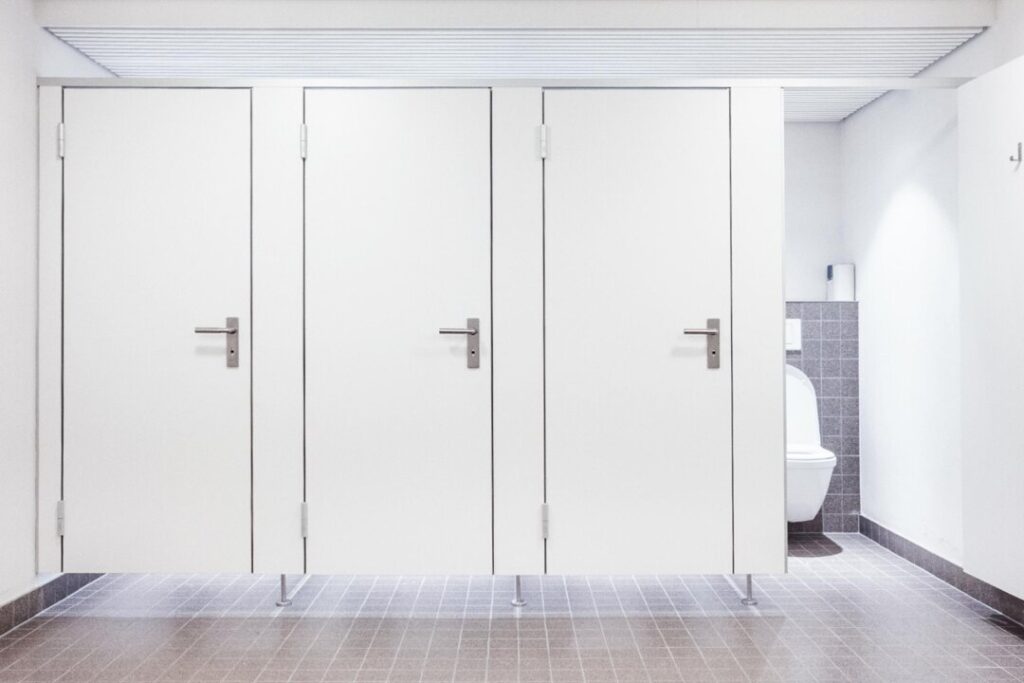
Concerns about public toilet seats as a breeding ground for harmful germs persist among many individuals. Yet, experts in dermatology and microbiology emphasize that while bathrooms can indeed host pathogens, toilet seats are seldom the primary source of disease transmission. According to Dr. Chen Wei-di, a dermatologist in Taiwan and member of the American Academy of Dermatology, “While bacteria do exist on toilet seats, most are harmless to humans or are microorganisms that only cause disease under certain conditions.”
The consensus among health professionals suggests that the most significant health risks in restrooms typically originate from other surfaces or airborne particles, particularly after flushing.
Identifying Potential Pathogens
Certain microorganisms can survive in bathrooms, especially under suitable conditions. Dr. Huang Huilun, an attending physician at Ton-Yen General Hospital, points out that while uncommon, some parasites and molds can thrive on toilet seats. This includes parasites such as pubic lice and scabies, as well as molds like tinea cruris and tinea corporis, which can potentially be transmitted to the next user.
Research also highlights the threat posed by the bacteria Clostridium difficile, which was found to spread widely in the air after a toilet is flushed, as reported in a study published in 2024 in Scientific Reports. This pathogen can lead to colon inflammation, underscoring the importance of hygiene in restrooms.
Gastrointestinal viruses, particularly norovirus, also raise concerns. These viruses tend to cling to frequently touched surfaces, such as flush handles, doorknobs, and faucets. As Dr. Chen notes, these viruses can enter the human body through hand contact, highlighting the critical need for regular handwashing.
The Real Risks from Flushing
Human waste can carry harmful bacteria such as E. coli and Salmonella. When a toilet is flushed, tiny droplets containing these bacteria can become airborne, potentially leading to gastrointestinal illnesses, most commonly resulting in diarrhea. Both pathogens primarily spread through the fecal-oral route, emphasizing the importance of maintaining cleanliness in bathroom facilities.
A common misconception is that toilet seats can transmit sexually transmitted diseases (STDs). According to health experts, this fear is largely unfounded. The likelihood of contracting STDs from a toilet seat is minimal, as these infections typically require direct human-to-human contact for transmission.
Understanding the realities of bathroom hygiene can help alleviate unnecessary fears surrounding public toilet use. While it is essential to be aware of potential pathogens, the risks associated with toilet seats are significantly lower than commonly believed. Proper hygiene practices, including handwashing and avoiding direct contact with potentially contaminated surfaces, remain the best defense against illness.






